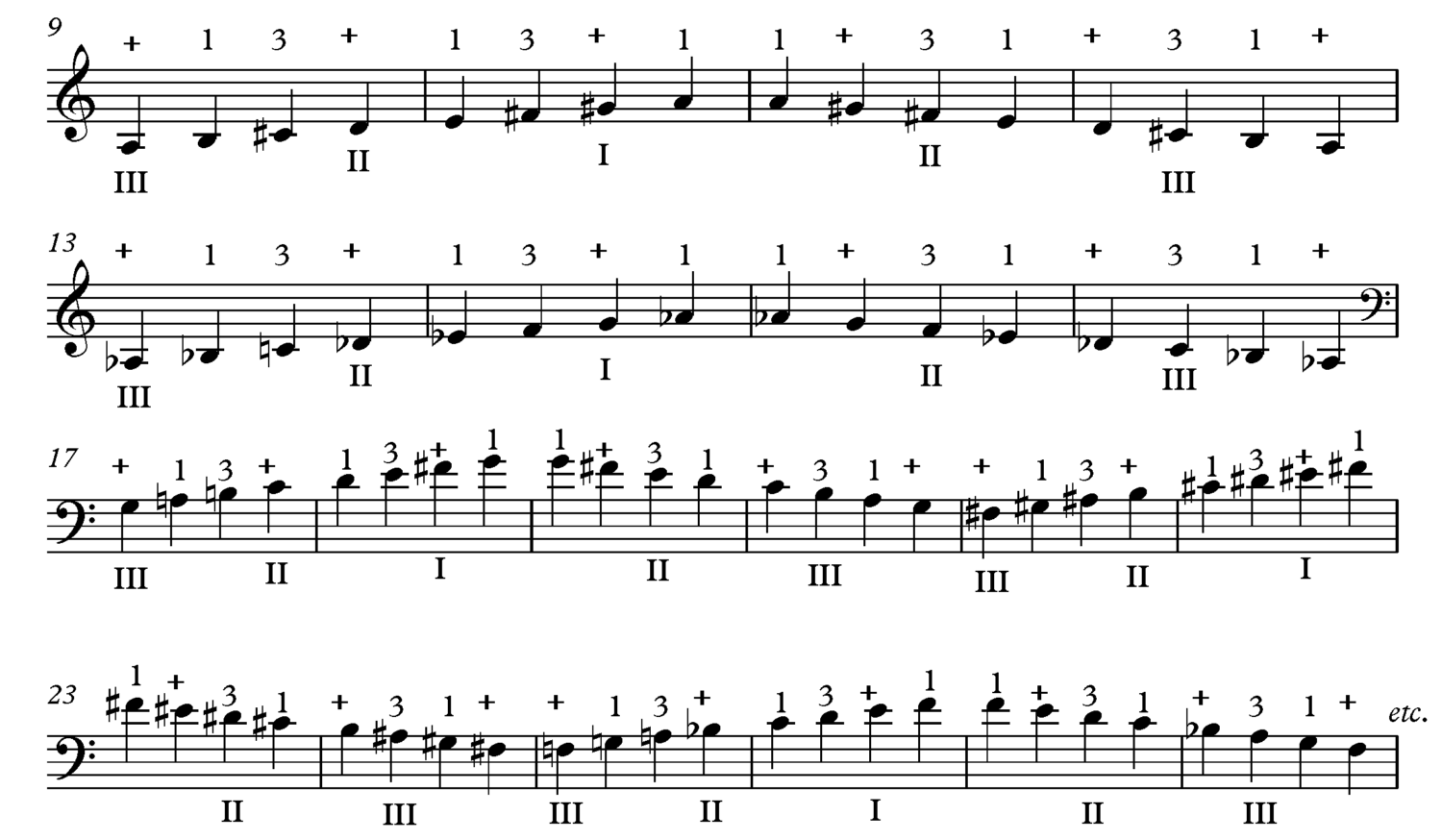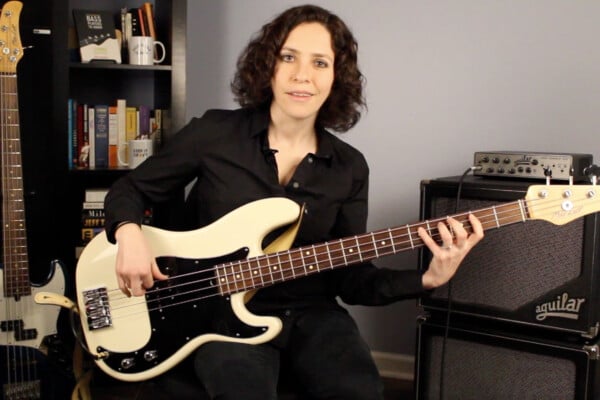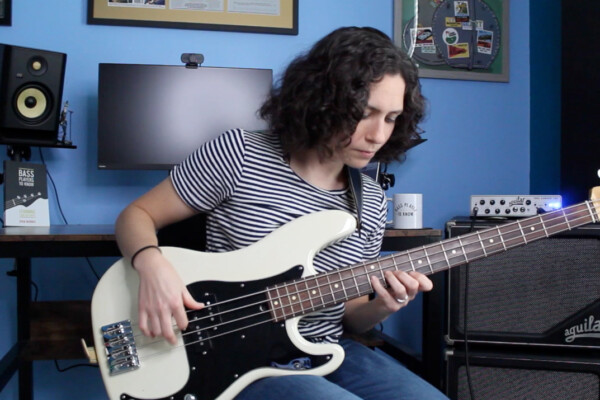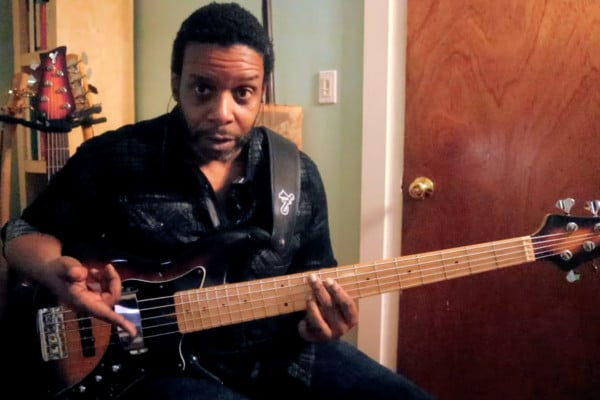Exercises: Thumb Position in the Lower Positions
When many of us first learn to play in “thumb position” (using thumb on top of the fingerboard to press the string down) we begin by placing thumb on the half-string harmonic (G on the G-string, 12th fret, if we had frets). In fact, much beginning thumb position study starts here. From here, intermediate thumb position study often focuses on the area between the half point of the string and the end of the fingerboard. This is all valuable technique to have. However, at some point, we will want to expand our use of the thumb to areas below the half point of the string.
Musically and technically speaking, using thumb in the lower positions can be a very helpful technique as, in many cases, it can be a better choice (for speed, clarity, and intonation) than the 1-2-3-4 technique.
Below are two simple exercises that can help solidify your intonation, and comfort with, using thumb below the half point of the string
Tetrachord Exercise:

A few items to consider:
- The exercise is written on the G string, but you should follow the pattern and do it on all four strings.
- Focus on creating a solid major tonality.
- When using thumb in this exercise, I suggest pressing the string down with the side of the finger, under the nail.
- There is no shifting in this exercise.
- Most players (i.e. those with small to average size hands) will need to pivot the hand when playing this, to ensure clarity and good intonation. Put the weight of the hand over the finger being used to press down the string. Use your ear to determine proper finger placement and speed/amount of hand pivot.
- Your hand size, in relation to the string length, will determine how far you can you can comfortably and accurately play this exercise. For most people, this will be placing the thumb in traditional 4th position (thumb on D, on the G string, for example). Although some can go lower.
Major Scale Exercise:

A few items to consider:
- The exercise is written starting on the A string. I would also practice the exercise starting on the E string.
- Focus on creating a solid major tonality.
- There are no shifts in this exercise.
- The spacing between your thumb and first finger will be different on the top string (i.e. closer) than it is on the bottom two strings. When changing your thumb placement, move the thumb only. Leave the rest of the hand steady. On the way up, on the G string, leave the first finger alone while you contract the thumb to bring it closer to the first finger. On the way down, on the D string, leave the first finger alone and extend/release/stretch the thumb back to the original position.
- Most players can play this scale fingering without pivoting as far down as traditional third position (i.e. thumb on D, on the A string) Beyond that, most players can take this exercise all the way to half position (i.e. thumb on Bb, on the A string) by incorporating a pivot.
Have fun exploring thumb position below the half-point of the string!
Dr. Donovan Stokes is on the faculty of Shenandoah University-Conservatory. Visit him online at www.donovanstokes.com and check out the Bass Coalition at www.basscoalition.com.



